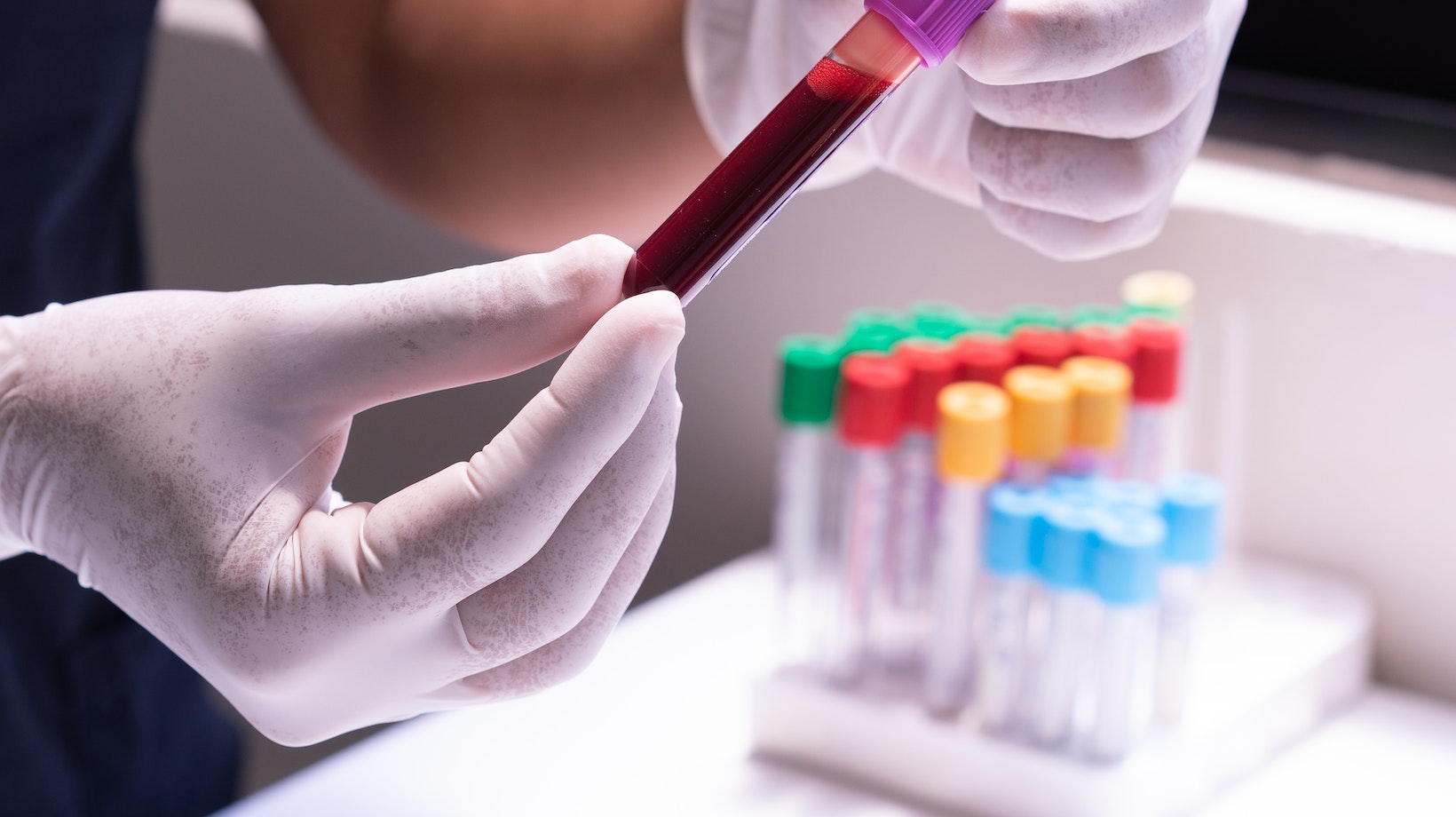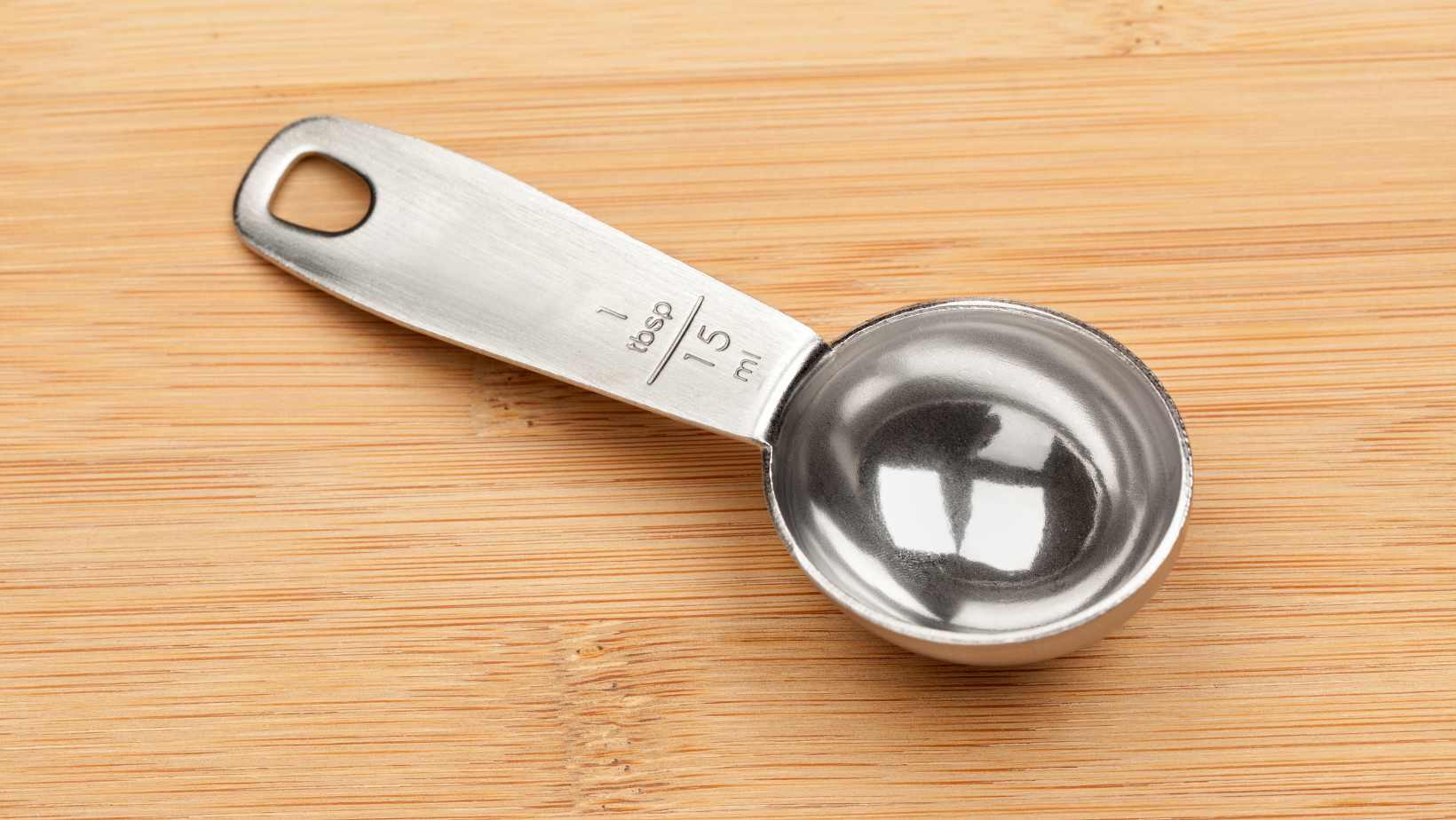Measuring Blood Volume: How Many ml in a Unit of Blood

Understanding the volume of a unit of blood can be crucial for medical professionals and patients alike, especially when considering transfusions or other medical procedures where accurate measurements are necessary. By knowing approximately how many milliliters are in a unit of blood, healthcare providers can ensure precise administration while maintaining patient safety.
Measuring Liquids: Milliliters Explained
When it comes to measuring liquids, milliliters (ml) are a commonly used unit of measurement in healthcare. A milliliter is equal to one thousandth of a liter, which is a standard metric unit for volume. To put it into perspective, imagine a small medicine cup that holds 5 milliliters of liquid – this would be equivalent to just one teaspoon.
Healthcare professionals rely on milliliters as they provide precise measurements for medications, fluids, and other substances administered to patients. It allows for accurate dosages and ensures proper treatment outcomes. Whether it’s injecting medication or calculating intravenous fluid volumes, understanding milliliters is essential in delivering effective patient care.
Understanding Units of Measurement in Healthcare
In the realm of healthcare, units play a crucial role in quantifying different aspects of medical treatments and diagnostics. Units are standardized measurements that allow healthcare professionals around the world to communicate effectively with each other when discussing patient care.
Units can vary depending on the specific context within healthcare. For example, blood pressure is measured in millimeters of mercury (mmHg), while laboratory values may be expressed in international units (IU) or grams per deciliter (g/dL). These units provide consistency and ensure accurate interpretation of results across different laboratories and medical institutions.
How Many ml in a Unit of Blood
Now let’s dive into determining how many milliliters are typically found in a unit of blood. In most cases, a unit of blood refers to approximately 450 milliliters or half a liter. This standard volume allows for efficient storage and transfusion procedures.
The conversion factor from units to milliliters can vary slightly based on factors such as the collection system used or specific requirements set by blood banks or regulatory bodies. However, as a general rule, healthcare professionals consider one unit of blood to be equivalent to 450 milliliters.
Understanding the measurement of milliliters in a unit of blood is essential for healthcare professionals involved in transfusion procedures and patient management. It ensures accurate administration of blood products and helps maintain patient safety.
As we explore the intricacies of measurements in healthcare, it becomes clear that milliliters are a vital component when quantifying liquids. Units provide standardized measurements across various medical contexts, enabling effective communication among healthcare professionals worldwide. And knowing the conversion factor for ml in a unit of blood is crucial for ensuring proper transfusion practices. By understanding these concepts, healthcare providers can deliver optimal care and achieve positive patient outcomes.
Effects of Hematocrit on Blood Units
Hematocrit refers to the proportion of red blood cells (RBCs) in the total volume of blood. It plays a significant role in determining the volume of blood units. Some key points related to hematocrit include:
- Hematocrit levels can vary among individuals based on factors such as age, gender, and certain medical conditions.
- Higher hematocrit values indicate a greater concentration of RBCs, which leads to decreased plasma volume and thicker blood.
- The relationship between hematocrit and blood unit size is important for transfusion purposes. For example, packed red cell units contain a higher proportion of RBCs compared to whole-blood units.
Understanding how medical professionals calculate blood loss and replacement needs enables healthcare teams to make informed decisions about resuscitation strategies during critical situations. By combining clinical judgment with accurate measurement techniques, we can optimize patient care when dealing with significant hemorrhage.




